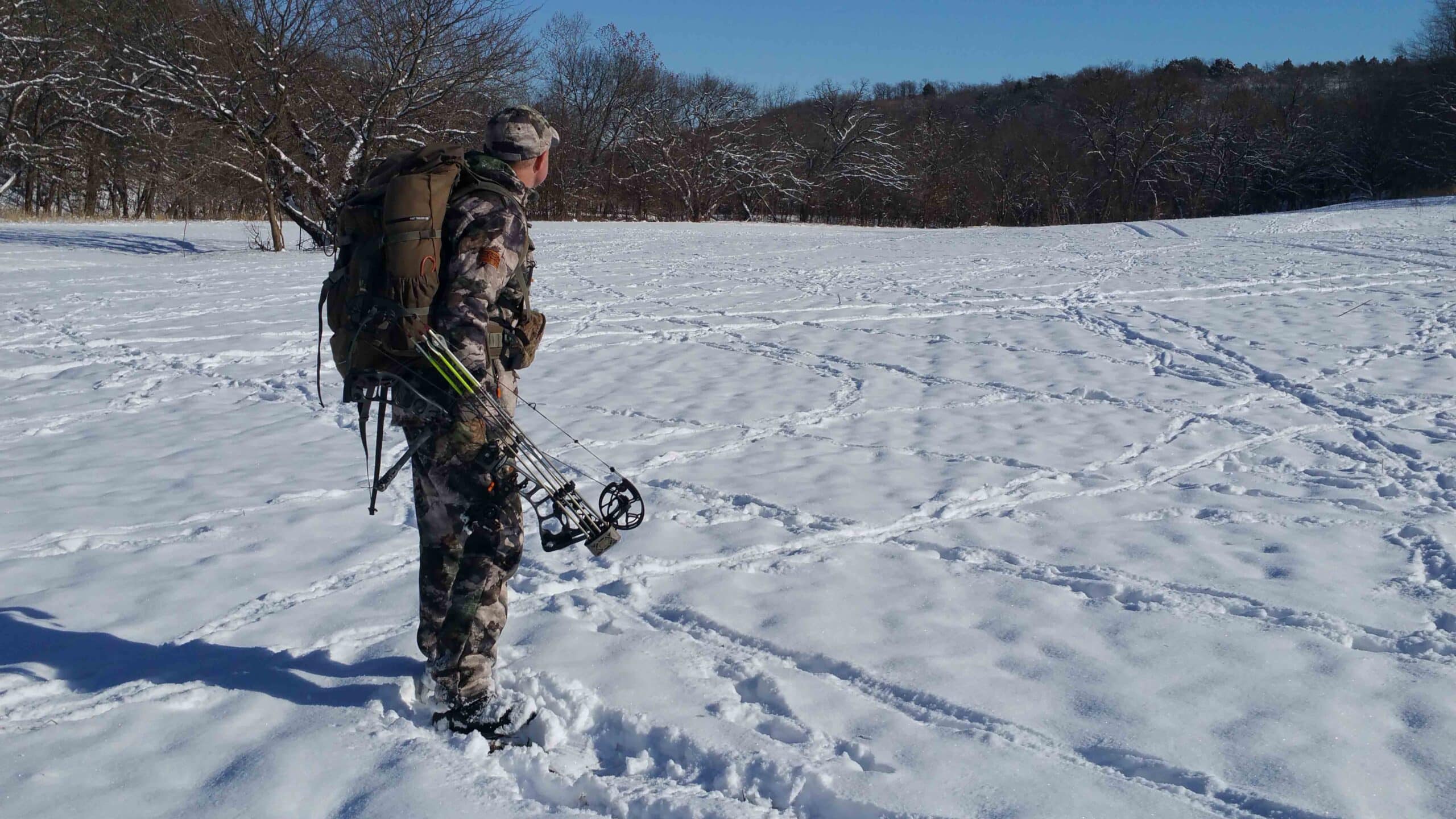How To Tag Late-Season Whitetails
Whitetail hunters expecting success in the late season first need to pass a meteorologist 101 course. You need to be able to forecast the weather to map an appropriate strategy. Fortunately, that is easier than ever today. As a novice whitetail hunter, I often rudely hushed my spouse so that I could intently study the 6 o’clock evening TV weather for the next day’s hunt. Today weather streams at you nonstop from online and smartphone sources.
The smartphone revolution alone allows instant updates on weather, especially while using the Moultrie Mobile app with precision forecasts built in. Not only does an accurate forecast aid in whether you should skip a day due to hazardous weather, but the preciseness of modern forecasting also allows you see hourly changes. Everything from cloud cover to wind-direction changes and rain to snow affect your whitetail game-day planning.
With weather at your fingertips there are no excuses for missing an incoming front, pinpointing the passing of a front or foreseeing future wintry estimates to ask for a day off work.
What forecast are you looking for to optimize late-season success? Severe winter weather that arrives with cold temperatures and moisture. Study the path of the storm, its estimated arrival, length of stay and the estimated time of its passing. This entire period is crucial for late-season, winter buck success.
Weather Matters
Evolution and instinct combine to make whitetails stay put as long as possible for winter survival. Bedding longer, day or night, conserves more energy. Anytime a whitetail moves, even on the hunt for browse, it burns calories and burning calories means burning fat. Depending on where a whitetail calls home, it may bed 70 percent or more of the day during the winter as a survival tactic. Northern bucks bed longer than Southern bucks, but even bucks living in a snow-free zone use the stationary tactic to survive winter stress.
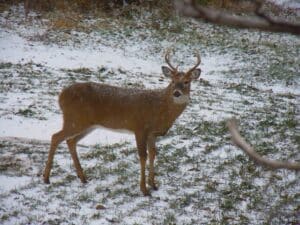
What is the one factor that can cause a spike in movement? It is winter weather. Whitetails, like most animals, sense the barometric changes associated with incoming winter storms. When the barometer starts racing be watchful for deer movement. The hours preceding the arrival of a threatening, winter-weather combination spurs most deer to feed, thus increasing movement for greater shot opportunity. Although Northern latitudes experience more observable movement, Southern deer also increase movement prior to the arrival of a storm even if does not include snow. When blue-bird weather dominates a late-season hunt, you may have a chance at a plump doe, but savvy, veteran bucks can hide out and feed in a nocturnal fashion. Over the course of a handful of late-season Iowa hunts, every unsuccessful hunt was due to abnormally warm, winter conditions. Success was linked to bad-weather movement.
Also be watchful of a rising barometer after the passing of a major cold front. Deer realize they have a high-pressure window to browse and recuperate. They take to the fields to fill their paunch and if the storm lasted for days, rather than hours, expect the deer to feed extensively in preparation for the next guaranteed storm. Once whitetails have restocked their internal grocery shelves, they will again go into the winter rest mode using a stationary lifestyle to conserve bodily fuel reserves.
Use Weather Conditions To Your Advantage
To take advantage of the ups and downs of winter whitetail behavior you will need to pre-scout your hunting properties. Take inventory of all food sources, including native browse, agricultural leftovers, food plots and even baited sites, whether yours or established by a neighboring hunter. All stressed deer focus on feed and will readjust bedrooms and travel patterns to stay near a well-stocked grocery store.
Trail cameras and firsthand observations can reveal which nutrition source attracts the most attention. Think high-energy food. Carbohydrates found in corn and acorns, produce energy and heat to fuel the internal furnace of whitetails. Soybeans, turnips, winter wheat and other food plot specialties also garner attention, especially if it is the only restaurant in town. Even be cognitive of favored native browse since deer munch on a dozen or more leafy snacks throughout the day.
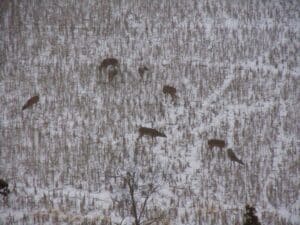
Next, take note of the best bedding cover near the food source sporting the highest deer activity. If thick cover is located nearby look for bucks to take refuge there. Bucks often stay relatively close to food to conserve energy when traveling to and from the food source. In dense timber that distance may be less than 300 yards from the food, but a half mile is not out of the question. In open country deer may seek sanctuary a mile or more away from food to provide them ample surveillance as they scope for any open-country ambush.
Once you have a handle on food and cover, connect the dots and find an ambush site along the route. Oftentimes you will be hunting evenings-only as mature bucks habitually retreat to refuge well before morning shooting light. Afternoon-only hunting also preserves the element of surprise by not educating morning deer that you bump going in before shooting light.
If a weather front is impending, hunt the food sources before Santa crashes town. Once bucks go into winter lockdown, hunt stands along interior edges hoping to waylay a browsing buck during the storm. You may even be able to still-hunt through cover using the wind and decreased visibility to mask an in-your-face assault. After the storm it is time to focus on food once again.
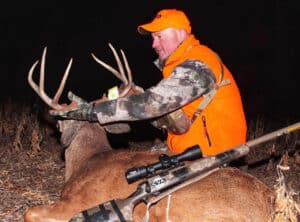
One season I found myself still holding a Kansas tag well into December. I planned a hunt that timed well with the end of a major snowstorm. Deer had been in a wintry lockdown for three days and I took advantage of the storm-ending movement. That evening, an old warrior I was familiar with from the rut, meandered out onto a food plot of winter wheat. He ignored the scattered does around him and devoured vegetation like a starving prisoner given a Little Caesar’s pizza.
As he munched closer, I waited for him to turn his attention away from the hunting blind and then I drew my bow. It was classically, his last supper.
About the Author: Mark Kayser is a prolific outdoor writer and hunting television host. Mark spends his falls chasing elk and whitetails from the Rocky Mountains to the Midwest. From solo DIY elk hunts on public land to sitting in a treestand waiting to ambush rutting whitetail bucks, Mark lives and breathes the hunting lifestyle. For more about Mark Kayser and ways to follow him on social media, visit www.markkayser.com.
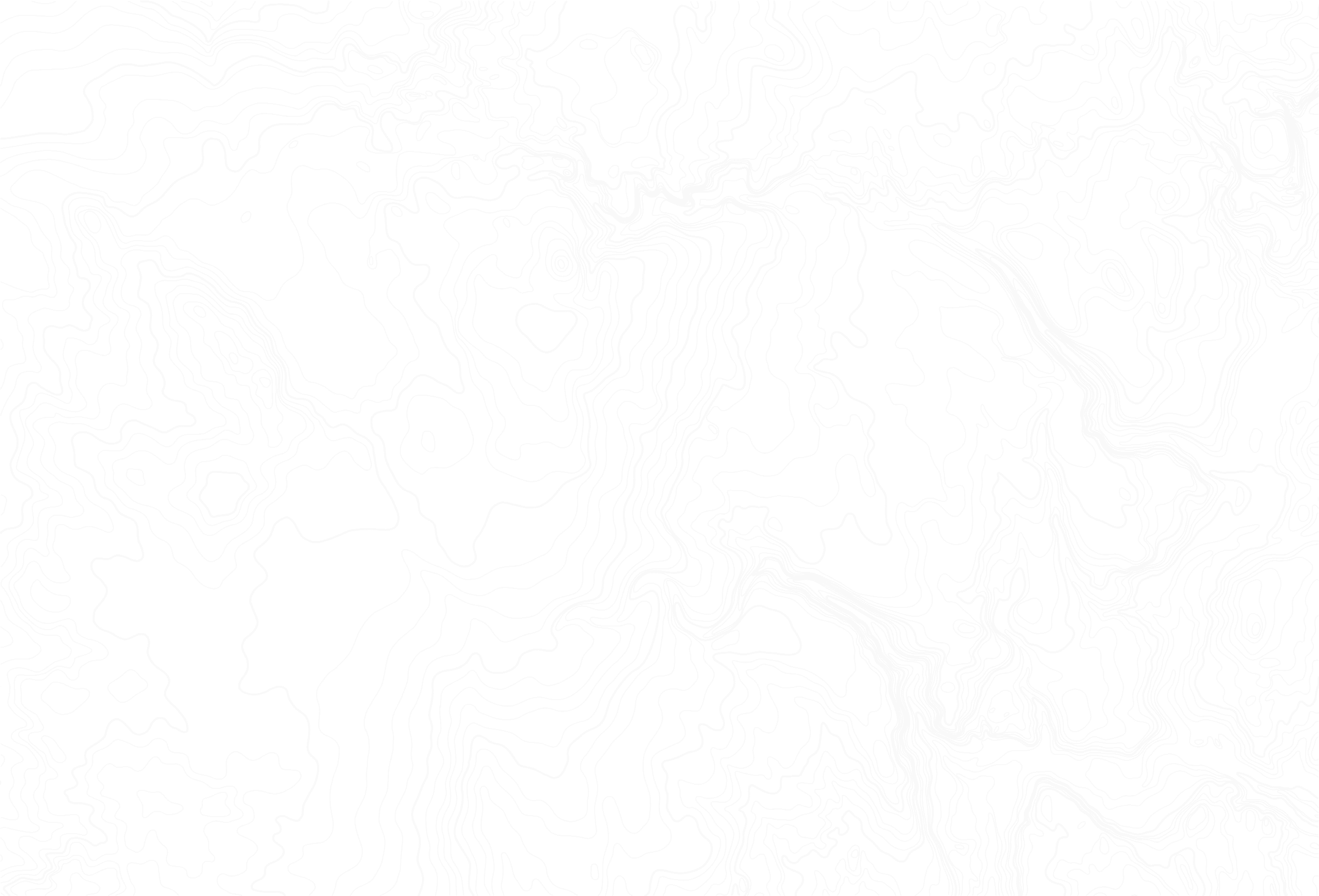

Featured
Juicy homemade jalapeno cheddar brats are perfect for grilling all summer long. They’re packed with all the right seasonings and fresh ingredients, making them extra tasty.

Featured
MeatEater and Moultrie Mobile join teams to bring hunters closer to nature.

Featured
These wild turkey skewers are tender and smothered in a homemade teriyaki glaze. Wild turkey sometimes gets a bad reputation for being a tough meat but when prepared properly using the steps in this recipe, the results are amazing.



